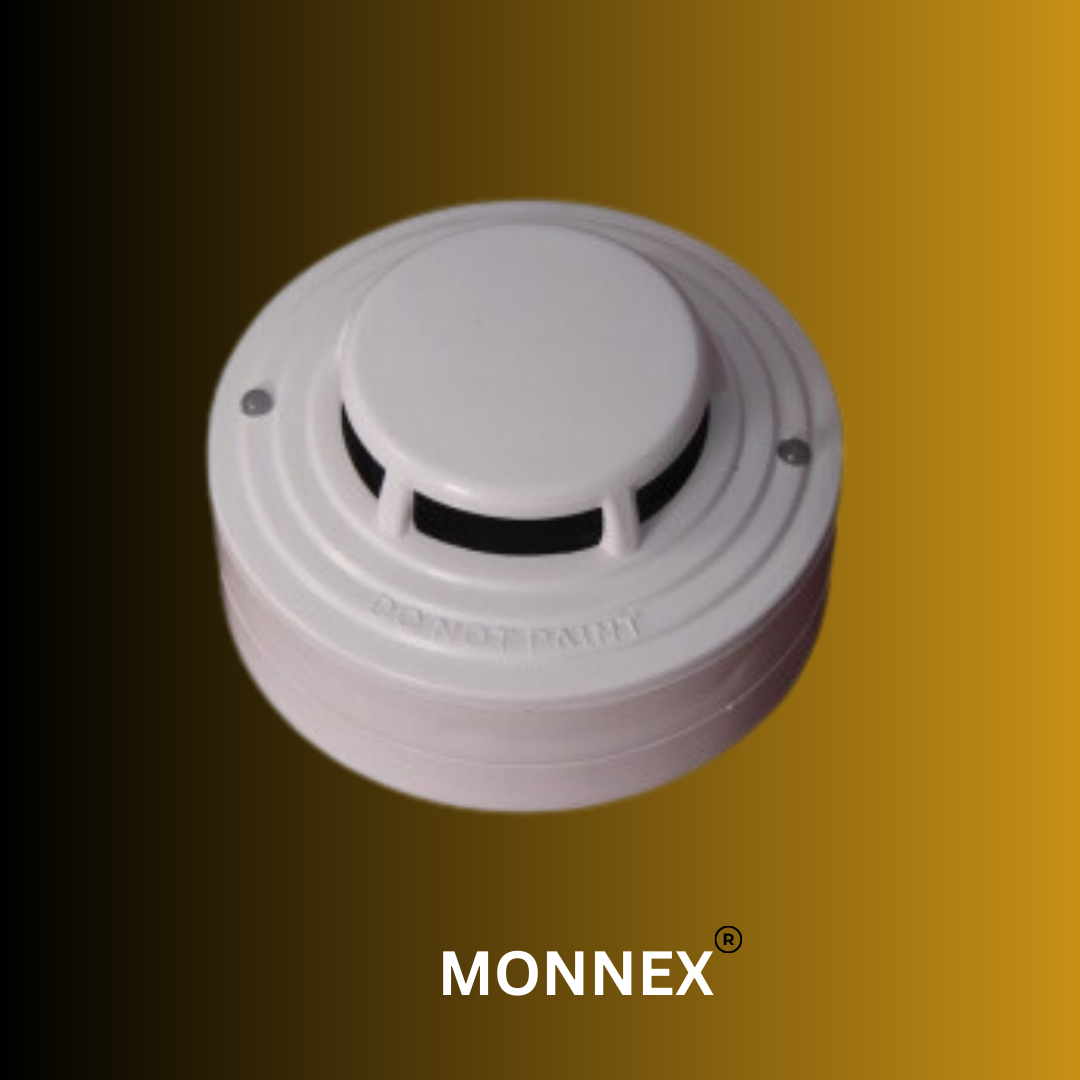1. Introduction
Fire alarms play a crucial role in ensuring the safety of buildings and the people within them. When it comes to fire alarm systems, two common types are conventional fire alarms and addressable fire alarms. In this article, we will explore the utility, wiring pattern, cost, life, and maintenance aspects of these two types of fire alarm systems.
2. Understanding Fire Alarms
2.1 The Importance of Fire Alarms
Fire alarms are designed to detect the presence of smoke, heat, or flames and raise an alert to evacuate occupants and notify authorities. They act as an early warning system, allowing people to escape the building safely and enabling prompt response from firefighters. Fire alarms are essential in both residential and commercial settings to minimize the risk of fire-related injuries and property damage.
2.2 Conventional Fire Alarms
Conventional fire alarm systems are commonly used in smaller buildings. They divide the protected area into zones, with each zone connected to a specific circuit. When a fire is detected in a particular zone, the corresponding circuit is activated, triggering the alarm. Conventional fire alarms provide a basic level of protection and are relatively simple to install and maintain.
2.3 Addressable Fire Alarms
Addressable fire alarm systems are more advanced and often employed in larger buildings or complex structures. Unlike conventional fire alarms, addressable systems allow individual devices, such as smoke detectors or heat sensors, to have unique addresses. This enables precise identification of the location where an alarm has been activated, making it easier for firefighters to locate and respond to the fire.
3. Utility of Conventional Fire Alarms
3.1 How Conventional Fire Alarms Work
In a conventional fire alarm system, the building is divided into separate zones. Each zone consists of a circuit connected to multiple devices, including smoke detectors, manual call points, and sounders. When a device detects a fire or smoke, it triggers the corresponding circuit, activating the alarm sounders within that zone.
3.2 Applications of Conventional Fire Alarms
Conventional fire alarms are commonly used in small-scale applications such as residential buildings, small offices, or retail stores. They provide a cost-effective solution for basic fire detection and alarm functionality.
3.3 Advantages and Disadvantages of Conventional Fire Alarms
The advantages of conventional fire alarms include their simplicity, affordability, and ease of installation. However, their main drawback is the limited information they provide during an alarm event. Conventional systems can only indicate the general zone where the fire is detected, without pinpointing the exact location.
4. Utility of Addressable Fire Alarms
4.1 How Addressable Fire Alarms Work
Addressable fire alarm systems offer a more advanced level of fire detection and notification. Each device in the system, such as smoke detectors or heat sensors, is assigned a unique address. When an alarm is activated, the system can identify the precise location of the device, providing valuable information to emergency responders.
4.2 Applications of Addressable Fire Alarms
Addressable fire alarms are ideal for large-scale applications, such as hospitals, hotels, educational institutions, and commercial complexes. They are particularly useful in buildings with multiple floors or sections, as they enable quick and accurate identification of the fire’s location.
4.3 Advantages and Disadvantages of Addressable Fire Alarms
The key advantage of addressable fire alarms is their ability to pinpoint the exact location of a fire, allowing for swift response and targeted evacuation. These systems also provide detailed information about the status of each device, facilitating maintenance and troubleshooting. However, addressable fire alarms are generally more complex and expensive to install compared to conventional systems.
5. Wiring Pattern Comparison
The wiring pattern differs between conventional and addressable fire alarm systems. In conventional systems, the wiring typically follows a radial or “tree” structure, where devices within each zone are connected in parallel. Addressable systems, on the other hand, use a looped configuration, where devices are connected in a loop, forming a continuous circuit.
6. Cost Comparison
When comparing the costs of conventional and addressable fire alarm systems, it’s essential to consider factors such as the size of the building, the number of devices required, and the complexity of the installation. Conventional fire alarms generally have a lower upfront cost, making them more budget-friendly for smaller-scale applications. Addressable fire alarms involve higher equipment and installation costs but offer more advanced features and functionality.
7. Life and Maintenance Comparison
The lifespan and maintenance requirements of fire alarm systems can vary depending on the quality of the components and the level of upkeep. Both conventional and addressable fire alarms require regular testing, inspection, and maintenance to ensure optimal performance. However, addressable systems often provide more detailed information about device status, making it easier to identify and address maintenance needs promptly.
8. Conclusion
In conclusion, both conventional fire alarms and addressable fire alarms play crucial roles in fire detection and life safety. Conventional fire alarms are suitable for smaller-scale applications, providing basic fire detection and alarm functionality. Addressable fire alarms offer advanced features, precise location identification, and are better suited for larger buildings or complex structures. The choice between the two depends on the specific needs, budget, and scale of the installation.
9. FAQs
FAQ 1: Can a conventional fire alarm system be upgraded to an addressable fire alarm system?
Yes, it is possible to upgrade a conventional fire alarm system to an addressable fire alarm system. However, the process may involve rewiring and reconfiguring the system, which can be more complex and costly than installing a new addressable system from scratch.
FAQ 2: Are addressable fire alarms more expensive to maintain compared to conventional fire alarms?
While the upfront costs of addressable fire alarm systems may be higher, their maintenance costs can vary depending on factors such as the system’s complexity and the availability of trained technicians. In some cases, addressable systems may require more specialized maintenance, resulting in slightly higher costs compared to conventional systems.
FAQ 3: Do addressable fire alarms provide better accuracy in identifying the location of a fire?
Yes, addressable fire alarm systems provide more accurate location information compared to conventional systems. Each device in an addressable system has a unique address, allowing emergency responders to quickly identify the exact location of a fire or alarm activation.
FAQ 4: Are addressable fire alarms suitable for large-scale installations?
Yes, addressable fire alarm systems are well-suited for large-scale installations, such as hospitals, hotels, or commercial complexes. Their ability to provide precise location information makes them valuable in buildings with multiple floors or sections.
FAQ 5: Which type of fire alarm system is recommended for residential buildings?
For residential buildings, conventional fire alarm systems are commonly used due to their simplicity and affordability. However, it’s essential to comply with local building codes and regulations when selecting a fire alarm system for residential properties.

